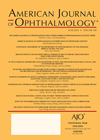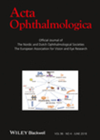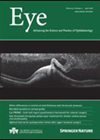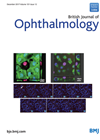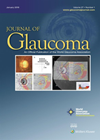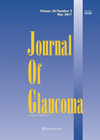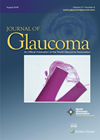Is laser refractive surgery safe for patients taking isotretinoin?
This multicentre, retrospective, interventional case series assesses the outcomes of laser in situ keratomileusis (LASIK) and photorefractive keratectomy (PRK) in 113 patients taking isotretinoin between January 2003 and September 2017. Isotretinoin is contraindicated for LASIK and PRK and patients are...
Should intravitreal steroids be used in the initial treatment of post-op endophthalmitis?
Endophthalmitis following cataract surgery is one of the most feared complications, and can have significant impact on the visual outcomes of patients. The role of steroids in the management of endopthalmitis is controversial. The aim of this paper was to...
Does Ozurdex affect perfusion status in vein occlusion?
Ozurdex (intravitreal dexamethasone implant) has been approved by National Institute of Health & Care Excellence (NICE) for treatment of patients with macular oedema associated with vein occlusion. This study looks at the change in peripheral perfusion status in patients with...
Outcomes of corneal cross-linking in paediatric patients compared to fellow untreated eyes
This retrospective cohort study evaluated long-term visual, refractive, topographic and safety outcomes of corneal cross-linking (CXL) in patients younger than 18-years-old with keratoconus. The study included all consecutive paediatric patients who underwent epithelium-off CXL treatment for keratoconus at the study...
Corneal thickness in patients with diabetic peripheral neuropathy
This cross-sectional study assessed corneal thickness in association with diabetic peripheral neuropathy (DPN) severity. The study also tried to identify the layer of the cornea most affected by DPN status. Performed at the University of Michigan the study included three...
Microbial keratitis in corneal grafts
The authors report a retrospective case series of 59 episodes of microbial keratitis identified in 41 eyes of 41 patients (39 penetrating keratoplasty (PKPs) and two deep anterior lamellar keratoplasty (DALKs)), from a total of 759 consecutive corneal grafts identified...
Low cost drainage device use in paediatric glaucoma
This is a prospective study from a tertiary referral centre from India of 34 eyes (31 patients) under 16 years with uncontrolled refractory glaucoma with medical treatment. A low cost glaucoma drainage device (GDD) – Aurolab aqueous drainage implant (ADDI),...
Safe cataract extraction with underlying hypotonous cilio-choroidal detachment following trabeculectomy surgery
The authors of this study (including the reviewer of this article) describe a surgical technique for phacoemulsification in the presence of shallow choroidal detachment owing to hypotony following trabeculectomy. In their case series, four eyes of four patients with advanced...
Comparison of bleb grading and IOPs
The purpose of this study was to compare a novel anterior segment optical coherence tomography (AS-OCT) bleb grading system with a clinical bleb grading system (Moorfields) and both with intraocular pressure (IOP) levels following trabeculectomy surgery. The authors developed a...
Optimising treatment with transscleral cyclophotocoagulation
This study compares the outcomes of transscleral diode laser cyclo-photo-coagulation with the treatment parameters used. This was a retrospective chart review of a random sample of diode laser procedures using the G-probe over 10 years for uncontrolled glaucoma. The main...
Four key questions and answers for glaucoma practitioners
In this discussion paper the authors pose four questions for the clinician diagnosing and monitoring glaucoma, and supply evidence-based answers. Worldwide, the most common functional test used to diagnose and monitor glaucoma is static automated perimetry, most typically with a...
Aberrant regeneration rates following traumatic oculomotor palsy
Traumatic oculomotor nerve palsies can result in aberrant regeneration / synkinesis which impairs normal facial function. In this paper, the authors retrospectively reviewed the records of 16 patients with traumatic oculomotor nerve palsies who were treated with or without steroids....


